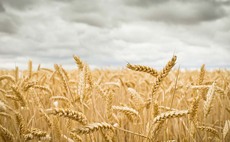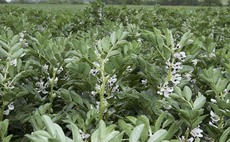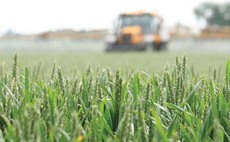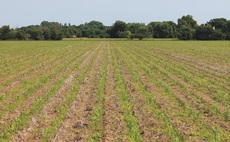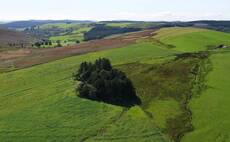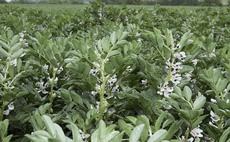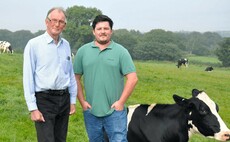Crops
Arable
Additions to the AHDB Recommended List for 2022/23 showcase alternative genetic basis of resistance to septoria, strong all-round disease packages, good grain quality and some flexibility around drilling.
Arable
Wheat futures prices have reached record highs as they followed global markets higher.
Arable
Farmers and growers flocked to the East of England Showground for this year’s Croptec Show to hear and see the latest news and developments in the arable sector.
Arable
Farmers and growers flocked to the East of England Showground for this year’s Croptec Show to hear and see the latest news and developments in the arable sector.
Arable
The mild autumn has presented its pros and cons. In the main it has enabled autumn drilling to proceed at pace with most winter cereals now sown in good conditions.
Arable
Incorporating maize into arable rotations can help control problematic weeds, while creating a low input, high value cash crop comparing favourably with feed wheat.
Arable
Making the switch from brassicas to a winter grazing crop of rape, ryegrass and berseem clover has given one Welsh farmer an income boost while reducing soil erosion.
Arable
Scientists have discovered the genetics inside legumes which control the production of an oxygen-carrying molecule, crucial to the plant’s close relationships with nitrogen-fixing bacteria.
Arable
AHDB has used Recommended Lists (RL) data to build a tool to guide variety blend decisions, following growing interest from farmers to use varietal mixtures to increase genetic diversity in the field.
Arable
Improving silage production as part of setting the farm up for the future has brought multiple benefits for one North Wales dairy farm, including improved cow health.

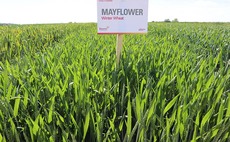
 01 December 2021
•
4 min read
01 December 2021
•
4 min read
